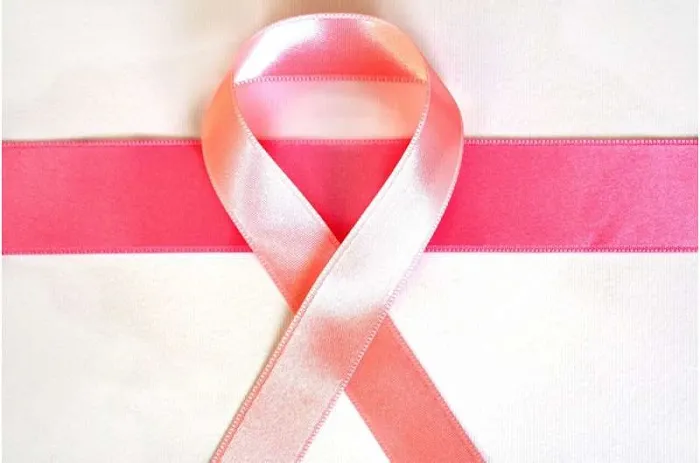Researchers at the National Institutes of Health (NIH) have discovered that structural and cellular changes in breast connective tissue—known as stromal disruption—are linked to both higher risk of invasive breast cancer and poorer survival once cancer develops. The findings appear in the Journal of the National Cancer Institute.
Machine Learning Uncovers Subtle Tissue Alterations
The team applied machine learning to analyze over 9,000 breast tissue samples: 4,023 healthy donations, 974 benign biopsies, and 4,223 invasive cancer biopsies. This approach detected subtle but consistent patterns of stromal disruption that conventional pathology might miss.
Stromal Disruption Predicts Cancer Risk in Benign Disease
Among women with benign breast disease, greater stromal disruption on biopsy correlated with a higher chance of developing invasive cancer—and with faster progression—compared to those with minimal disruption.
Association with Poorer Outcomes in Invasive Cancer
In women already diagnosed with invasive breast cancer, increased stromal disruption was linked to more aggressive tumor features and worse survival. This effect was especially pronounced in the most common subtype: estrogen receptor–positive cancers.
Shared Risk Factors Point to Common Pathway
In healthy donors, known breast cancer risk factors—such as younger age, having two or more children, Black race, obesity, and family history—also correlated with higher stromal disruption. This suggests that these factors may converge on the stromal microenvironment to influence cancer risk.
Potential for Widely Accessible Biomarker
Assessing stromal disruption is inexpensive and can be done on routine biopsy samples. This makes it a promising tool for identifying high-risk women in settings where advanced molecular tests are not feasible.
Next Steps: Prevention and Intervention
The researchers note that chronic inflammation and wound-healing processes may drive stromal disruption. They call for further studies to test whether lifestyle changes or anti-inflammatory treatments can prevent these tissue changes and reduce breast cancer risk, especially among women at high risk.
Related topics:
- Robot Performs First Breast Cancer Surgery in North India
- Small Breasts Trend Thanks To ‘built-In Bras’, Says Surgeon
- Gabriella Dabrowski Reveals Breast Cancer Surgery After ‘Surreal’ Year


